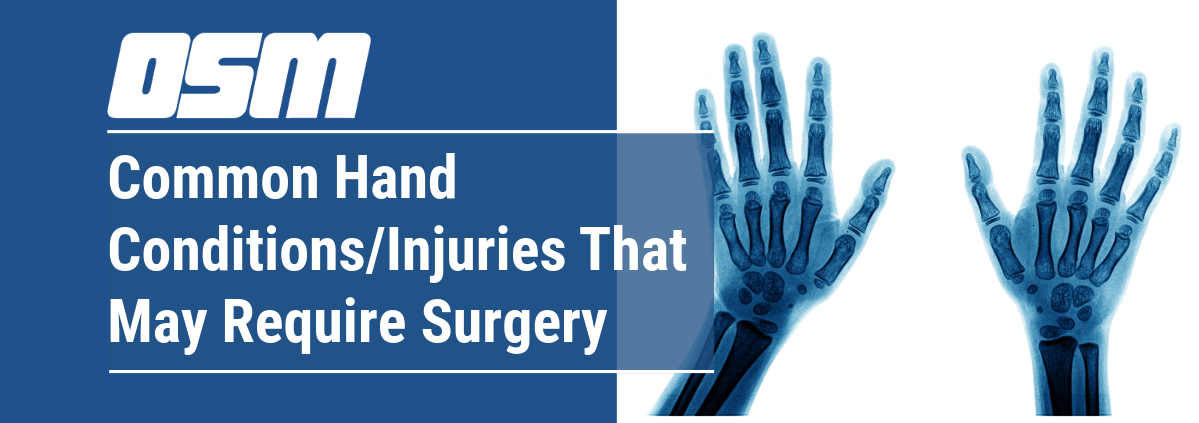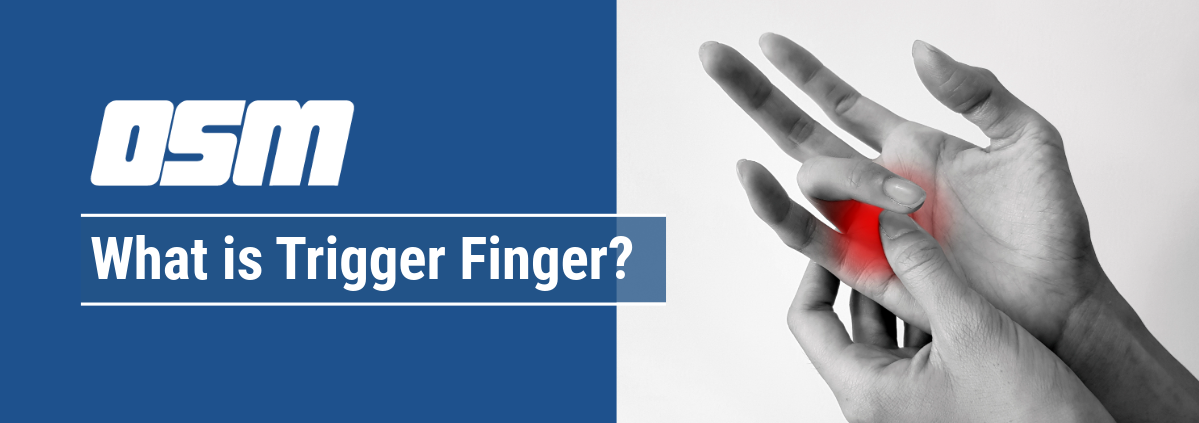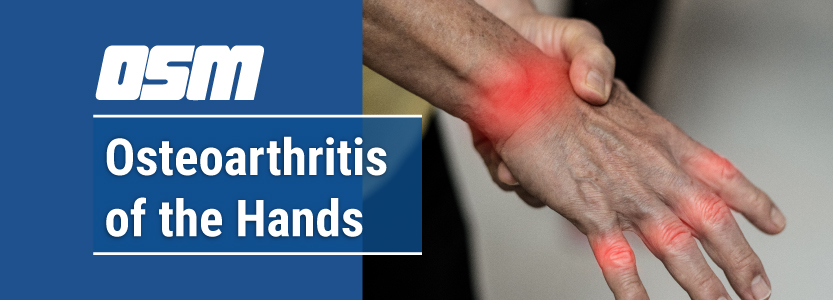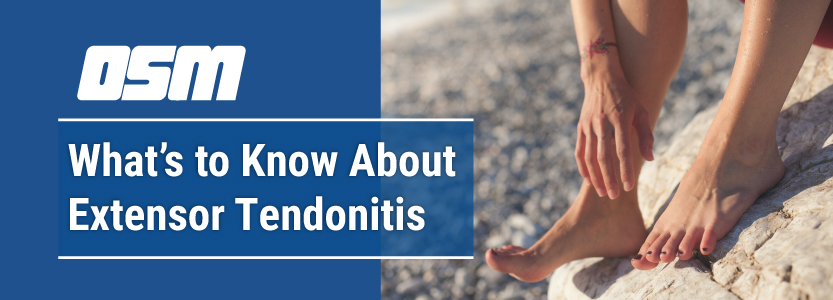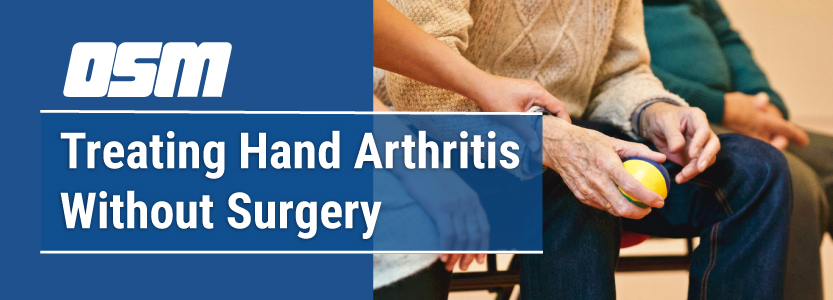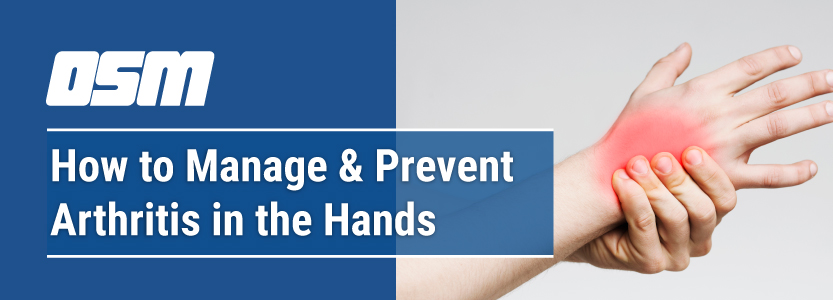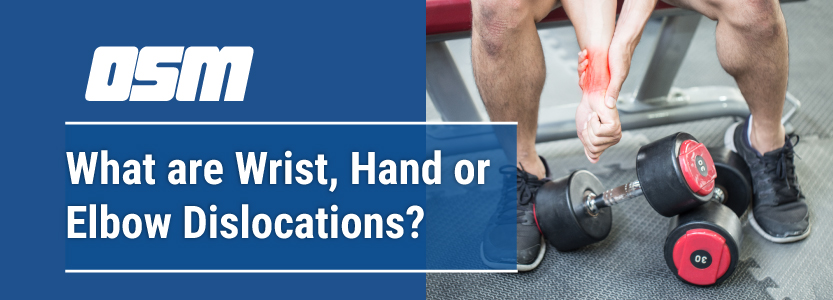Minimally Invasive Hand Surgery: What is it?
Article featured on Rothman Orthopedics
When it comes to hand and wrist conditions, many people typically think of traditional, open surgeries with long incisions that come with longer recovery times and significant downtime. However, thanks to advancements in minimally invasive techniques and surgical instruments, many hand surgeries today are performed with smaller incisions, faster healing, and fewer complications. These procedures allow us to treat a variety of hand and wrist issues effectively, often with less pain and quicker recovery. Let’s take a closer look at some of the minimally invasive options that are revolutionizing hand surgery.
Carpal Tunnel Syndrome (Endoscopic Carpal Tunnel Release)
Carpal tunnel syndrome is a common condition where the median nerve, which runs from your forearm into the palm of your hand, gets compressed as it passes through a narrow tunnel in your wrist. This can lead to numbness, tingling, and weakness in the hand. Traditionally, surgical treatment for carpal tunnel syndrome involved an incision from the wrist to the center of the palm to take pressure off the median nerve. The procedure was performed under general anesthesia and patients were often placed in a splint to rest the wrist for a few weeks.
Now, with endoscopic carpal tunnel release, we can perform the same procedure through one small incision at the wrist crease using a tiny camera (endoscope) to guide the surgery. This minimally invasive technique, which takes about 5 minutes to perform, reduces the risk of wound complications, minimizes scarring, and allows for a quicker recovery. Moreover, the procedure is typically performed with the patient awake, using only local anesthesia (like a dental procedure). The patient can drive themselves home with just a Band-Aid on the wrist. Studies have shown that patients return to their daily activities much sooner after endoscopic carpal tunnel release than with traditional carpal tunnel surgery.
Ganglion Cyst (Arthroscopic Wrist Ganglion Cyst Excision)
Ganglion cysts are fluid-filled lumps that typically form on the back of the wrist. While these cysts are almost always non-cancerous, they can cause discomfort and affect hand movement. Cysts can be drained with a needle, but the recurrence rate is greater than 50%. In the past, removing these cysts required a large incision on the back of the wrist with a deep dissection all the way down to the wrist bones to remove the cyst in total.
With arthroscopic wrist ganglion cyst excision, we can remove the cyst, simply by eliminating its connection to the wrist joint, using 2 “poke pole” incisions and a small camera (arthroscope) inserted into the wrist joint. This minimally invasive approach minimizes soft tissue damage, leaves the patient with barely noticeable scars, and significantly shortens recovery time. Patients experience less pain and faster healing after this procedure compared to traditional open surgery.
Hand and Finger Fractures (Intramedullary Nail Fixation)
Fractures of the hand and fingers can be particularly tricky to treat, especially when they involve small, intricate bones. Fractures that are significantly displaced may require surgical stabilization. Typically, this is accomplished using metal plates and screws that are just a few millimeters in dimension but require an incision the entire length of the bone to secure the hardware. Incisions like this may result in additional swelling and scarring which are the biggest detriment to recovering hand function after a fracture.
However, with intramedullary nail fixation, we can now treat many hand and finger fractures with a much smaller incision, which means less swelling and scarring, and a quicker recovery. This technique, inspired by the way lower extremity fractures are fixed, employs a long, thin metal rod inserted into the central canal of the bone though a small drill hole at the end of the bone. Surgeons can stabilize the fracture internally without the need for external metal hardware on the surface of the bone or large incisions. This method frequently allows patients to start using their hand for activities like driving, hygiene, or using a keyboard nearly immediately after surgery. With less swelling and scarring, some patients can even avoid the need for supervised hand therapy, an essential part of the recovery for fractures fixed with external plates and screws.
Thumb Arthritis (Thumb Carpometacarpal Arthroplasty Surgery)
Arthritis in the thumb carpometacarpal (CMC) joint, at the base of the thumb, is a common source of pain and dysfunction, particularly in older adults. Patients with CMC arthritis have pain and weakness with gripping the steering wheel, squeezing a tube of toothpaste, pinching a pair of socks to pull them up, and seemingly all use of the hand. In the past, treating severe CMC arthritis required “arthroplasty” surgery with incisions in the forearm and wrist to remove a small arthritic bone called the trapezium and harvest a rolled-up tendon to be used as a cushion at the base of the thumb. The patient’s tendons were also used to wrap around the thumb to stabilize it. Outcomes were very good, though recovery times were quite long.
Today, newer techniques of thumb CMC arthroplasty provide a minimally invasive approach with faster recovery times. Now, the only incision needed is a small incision at the wrist. With breakthroughs in surgical implant technology, surgeons can now use bone anchors and extra-strong sutures that very effectively stabilize the thumb after surgery, avoiding the need for the tendon cushion and tendon wrap performed in the past. This results in less post-operative pain and a faster recovery.
Hand and Wrist Arthritis (Neurectomy)
Arthritis in the hand and wrist can cause debilitating pain, stiffness, and loss of function. In cases where arthritis is severe, typical surgical strategies to relieve pain have included joint replacement surgery (metal and plastic implants similar to hip and knee replacements) or joint fusion. Both procedures, while effective, can leave the patient with limited function and limited to no joint motion as a tradeoff for pain relief.
A newer strategy to address severely arthritic joints in the hand and wrist is called a neurectomy procedure. A neurectomy (nerve removal) is a minimally invasive surgery intended to cut or remove only the nerves that transmit pain signals from the affected joint to the brain, and not the other more important nerves that provide sensation and muscle function to the hand. The neurectomy procedure otherwise leaves the arthritic joint intact, preserving the patient’s normal joint anatomy and function, and hastening the recovery. This technique is still evolving and currently does not provide complete pain relief in all patients, though it might be considered as an easy first step to address the problem and could be incredibly effective.
Dupuytren’s Disease (Needle Aponeurotomy and Collagenase)
Dupuytren’s disease is an excessive thickening of the normal connective tissue in the palm and fingers which causes the fingers to bend inward, making it impossible to fully straighten them. Traditionally, treating this condition involved extensive surgery to carefully and precisely remove this invasive tissue that intermingles with all of the important structures of the hand, in order to straighten the finger. Patients spend considerable time in therapy after surgery and full recovery usually occurs around 6 months post-op. However, two newer procedures focus on simply cutting or dissolving the thickened connective tissue, instead of fully removing it, to allow the finger to straighten.
With needle aponeurotomy, a needle is inserted through the skin multiple times and in multiple locations to break up the tight tissue, without making any incisions. This can be done in the office or in an operating room with light sedation anesthesia. Another option, collagenase injection, uses a special enzyme to dissolve the thickened tissue by means of an injection performed in the doctor’s office. A day or two later, the contracted finger is manipulated to release the thickened tissue and restore finger movement. Both of these minimally invasive treatments offer significant benefits over traditional surgery, including faster recovery, less pain, and a lower risk of complications. However, it should be noted that within 5 years of the procedure, 50% of the time, the thickened Dupuytren’s tissue reforms and the finger contracture recurs and might need to be treated again.
Why Minimally Invasive Procedures Matter
The benefits of minimally invasive surgeries extend beyond the immediate recovery period. These procedures typically involve less soft tissue disruption, which reduces the risk of infection, scarring, and complications. As a result, patients often experience less pain, shorter recoveries, and a quicker return to normal activities.
Furthermore, these advancements in hand surgery make it possible for people to maintain or regain function in their hands and wrists, which are essential for nearly every aspect of daily life. Whether you’re dealing with arthritis, nerve issues, or fractures, minimally invasive options provide effective, safer treatments that can improve your quality of life.
In Conclusion
Minimally invasive hand surgeries are a game-changer in the world of orthopedics. If you are struggling with hand or wrist pain, it’s worth discussing these advanced options with your orthopedic hand surgeon. With shorter recovery times, less pain, and fewer risks, these innovative procedures can help you get back to what matters most—whether that’s typing on a keyboard, playing sports, or simply enjoying time with loved ones.
The Orthopedic & Sports Medicine Center of Oregon is an award-winning, board-certified orthopedic group located in downtown Portland Oregon. We utilize both surgical and nonsurgical means to treat musculoskeletal trauma, spine diseases, foot and ankle conditions, sports injuries, degenerative diseases, infections, tumors and congenital disorders.
Our mission is to return our patients back to pain-free mobility and full strength as quickly and painlessly as possible using both surgical and non-surgical orthopedic procedures.
Our expert physicians provide leading-edge, comprehensive care in the diagnosis and treatment of orthopedic conditions, including total joint replacement and sports medicine. We apply the latest state-of-the-art techniques in order to return our patients to their active lifestyle.
If you’re looking for compassionate, expert orthopedic and podiatric surgeons in Portland Oregon, contact OSM today.
Phone:
Address
17355 Lower Boones Ferry Rd Suite 100A
Lake Oswego, OR 97035
Hours
Monday–Friday
8:00am – 4:30pm


